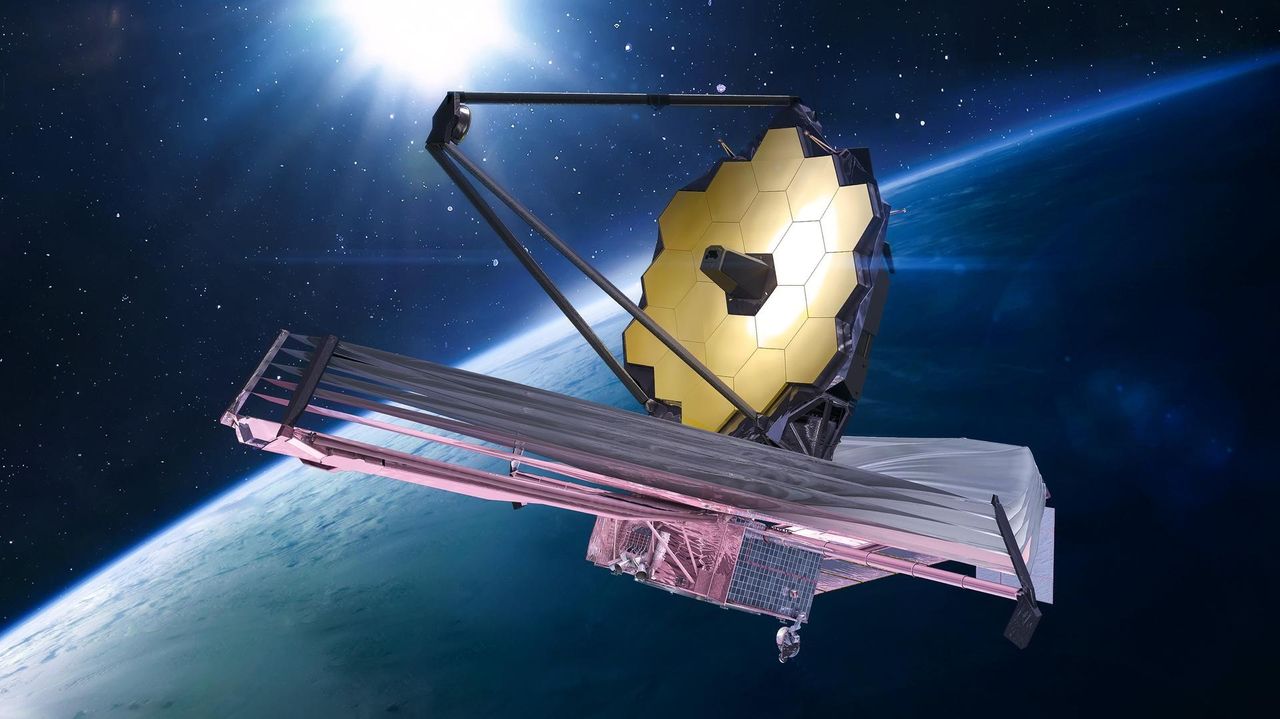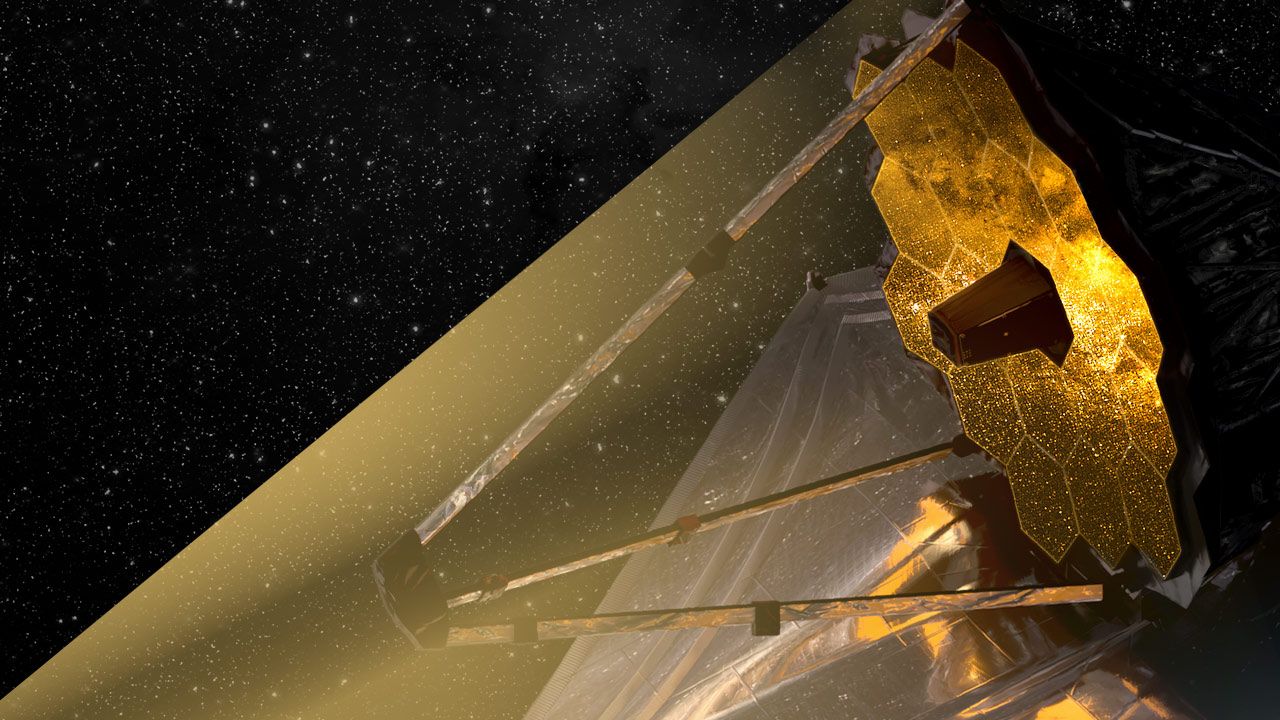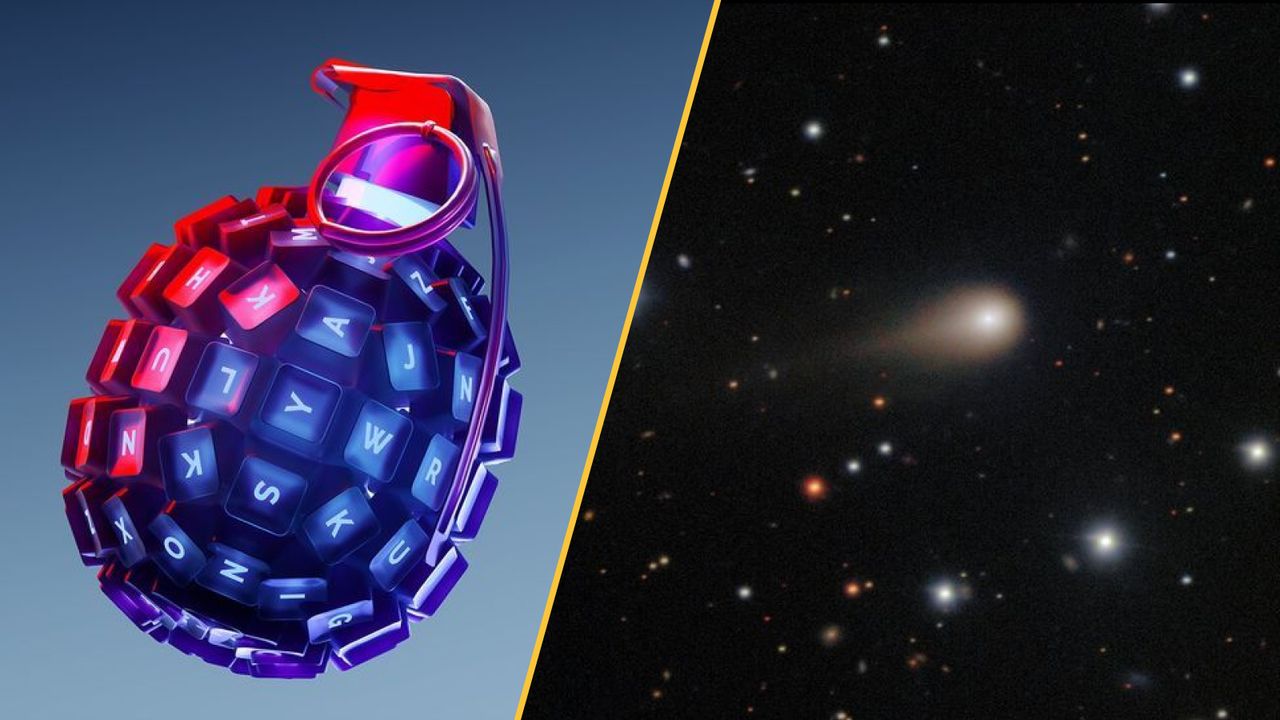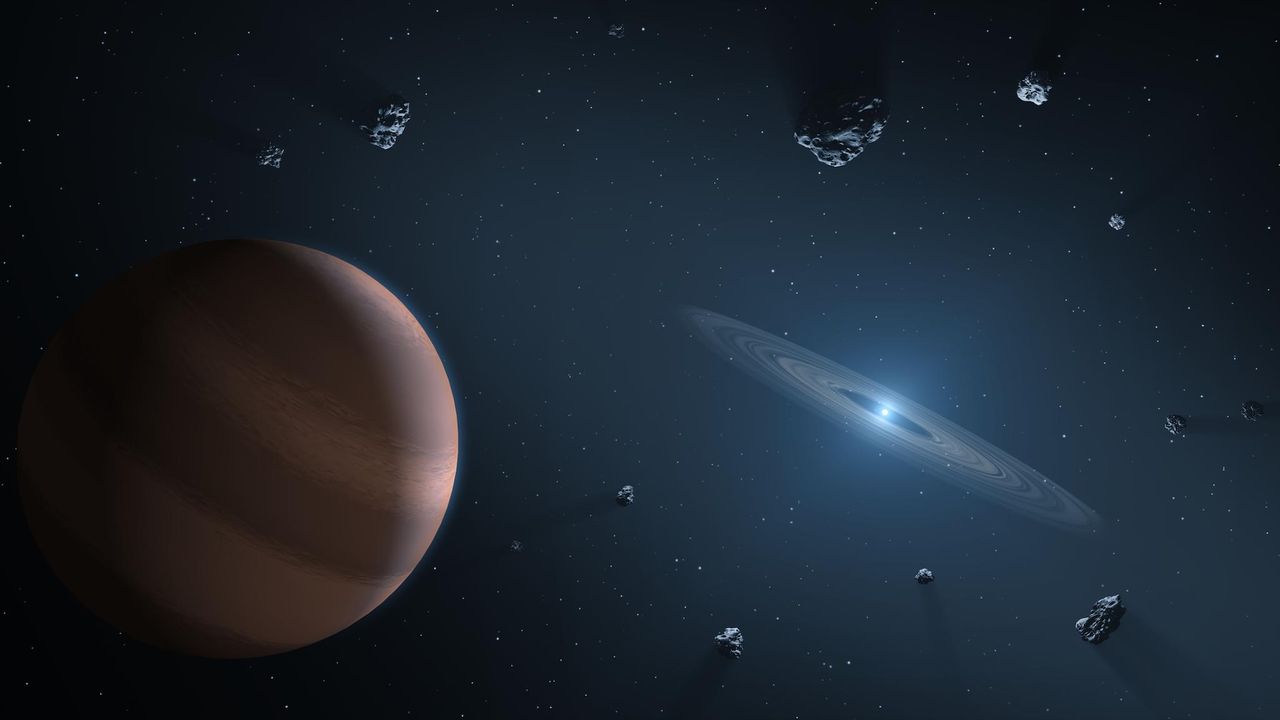JWST compares gravitational lensing | Space photo of the day for Oct. 10, 2025
PositiveScience
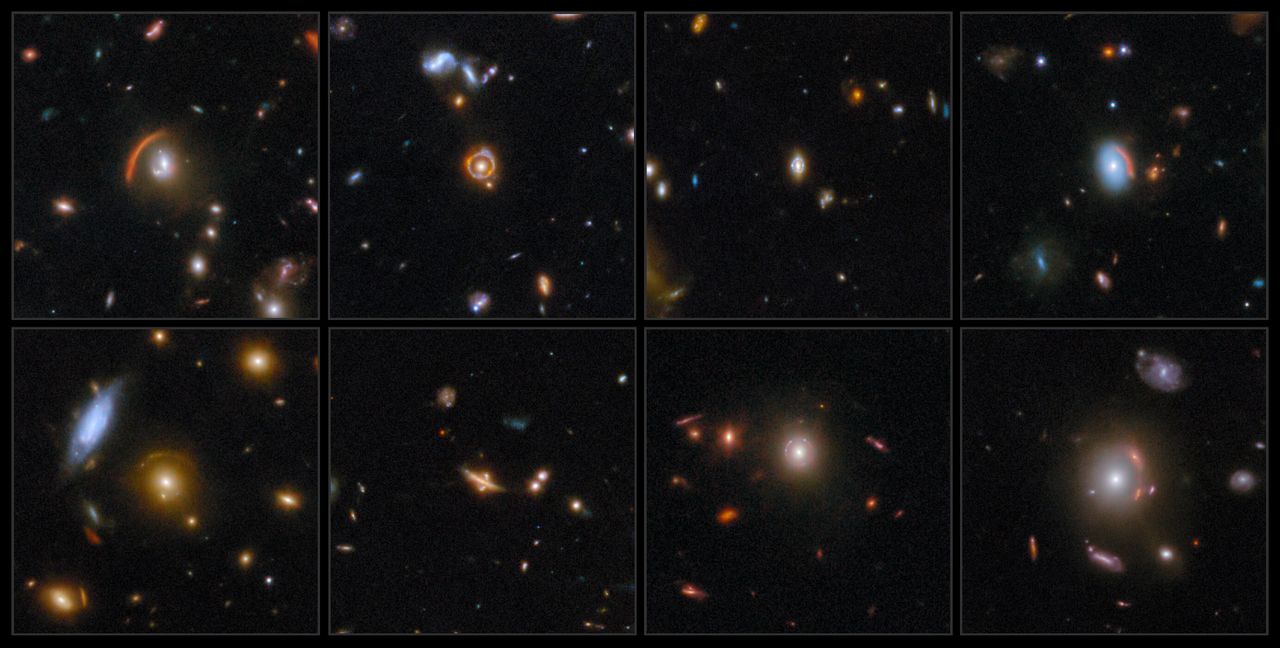
The James Webb Space Telescope has released a stunning compilation of images showcasing the effects of gravitational lensing caused by dark matter. This remarkable phenomenon not only highlights the telescope's advanced capabilities but also deepens our understanding of the universe's structure and the elusive nature of dark matter. Such insights are crucial as they pave the way for future astronomical discoveries.
— Curated by the World Pulse Now AI Editorial System
